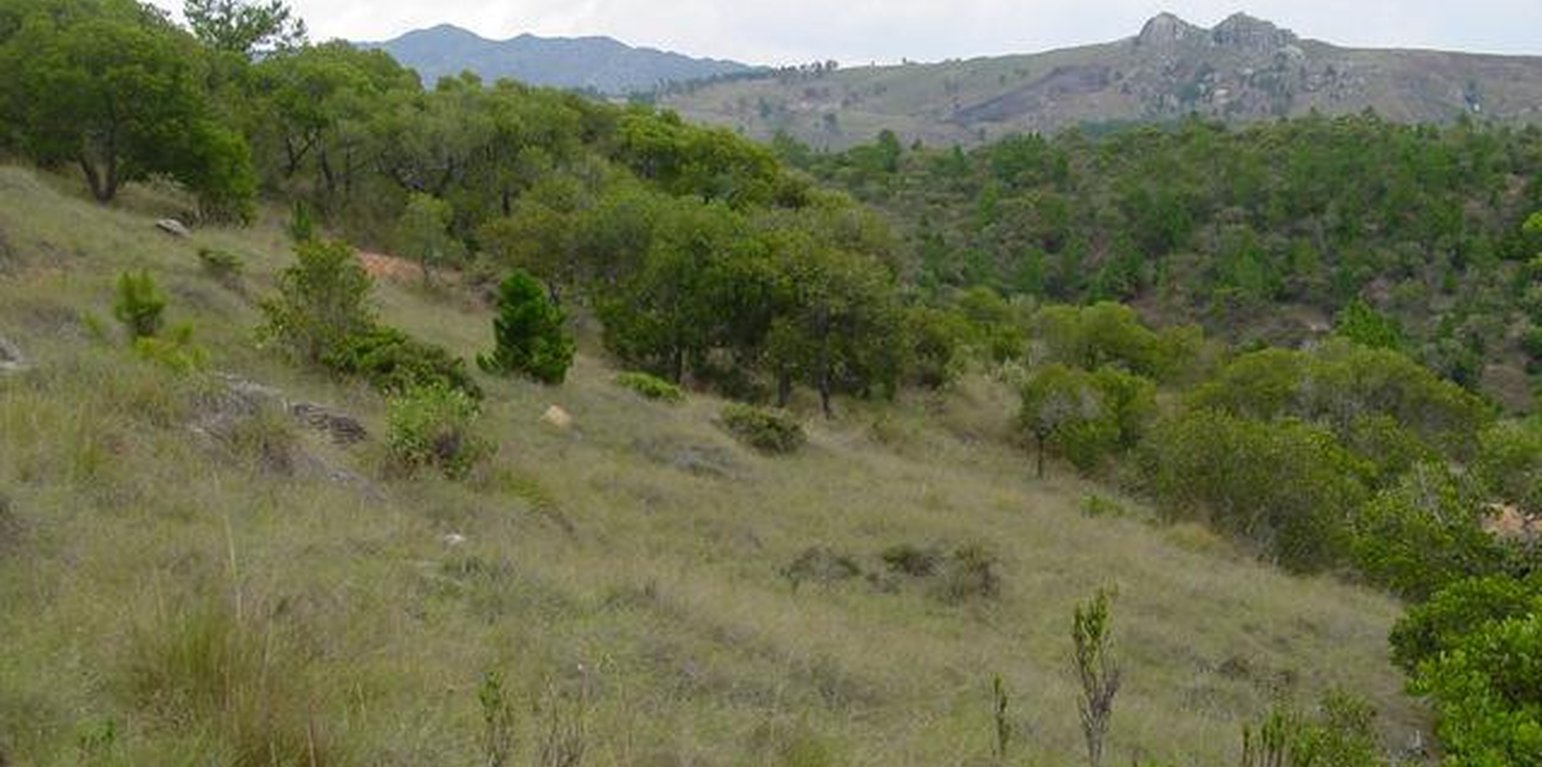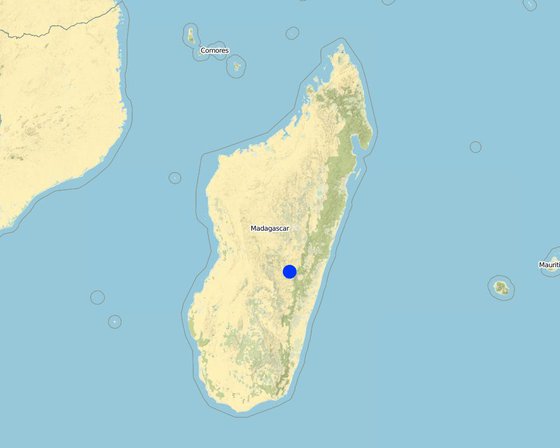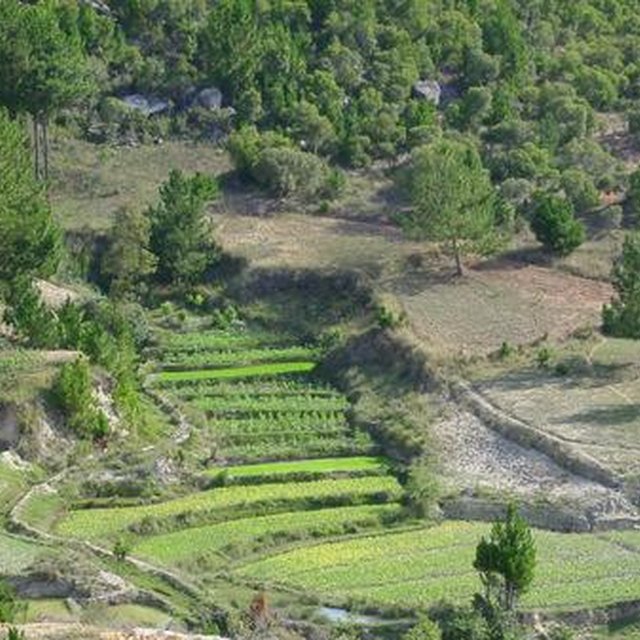



These woodlands play an important economic role as a source of non-timber forest products (NTFP) such as wild silk, fruit, mushrooms, edible insects, and herbal medicines. Tapia trees (Uapaca bojeri) comprise up to 90% of all trees in these woodlands, bear an edible fruit, and their leaves nourish an endemic silkworm (landibe). Landibe silk is used to produce ritual burial shrouds throughout the highlands. Trading silk products and tapia fruits is a crucial source of cash income for the local communities. The tapia woodlands are maintained by the local villagers through burning and selective cutting. Burning favours the dominance of pyrophytic (fire-tolerant) tapia trees and protects silkworms from parasites. Selective cutting of non-tapia species and pruning of dead branches also favours tapia dominance and perhaps growth. Other common species include the endemic Sarcolaena eriophora and the invasive Pinus patula/khasya. The Tapia woodland is clearly an anthropogenically shaped forest. However, the creation and maintenance of the woodlands should be seen as positive transformation rather than a form of degradation.
Local and state-imposed regulations protect the woodlands from overexploitation. The Forest Service has placed restrictions on forest cutting and burning while allowing for traditional use rights. The collection of forest products is regulated through a type of common-property regime. For example, fuelwood collection is limited to dead trees or fallen branches. It is forbidden to break off large branches to access cocoons. Thanks to these protective regulations, forest boundaries are mostly stable, and woodland density has increased in several cases.

Lugar: Antsirabe and Ambositra, Col des Tapia, Madagascar
No. de sitios de Tecnología analizados:
Difusión de la Tecnología: distribuida parejamente sobre un área (2600.0 km²)
¿En un área de protección permanente?:
Fecha de la implementación: hace más de 50 años atrás (tradicional)
Tipo de introducción





| Especifique insumo | Unidad | Cantidad | Costos por unidad (USD) | Costos totales por insumo (USD) | % de los costos cubiertos por los usuarios de las tierras |
| Mano de obra | |||||
| Labour | ha | 1,0 | 20,0 | 20,0 | 100,0 |
| Indique los costos totales para mantenecer la Tecnología | 20.0 | ||||
| Costos totales para mantener la Tecnología en USD | 20.0 | ||||
Stable supply of fuelwood
Through selling silk-fabrics and other NTFP
Thorugh the forest products
Sacred forest
Endemic biodiversity